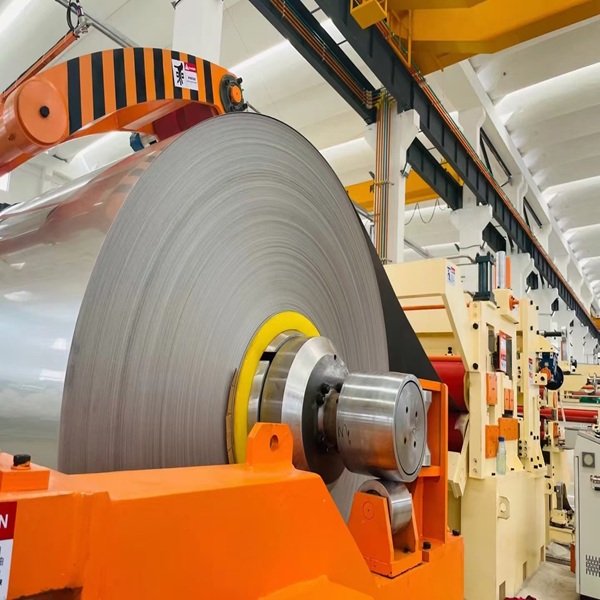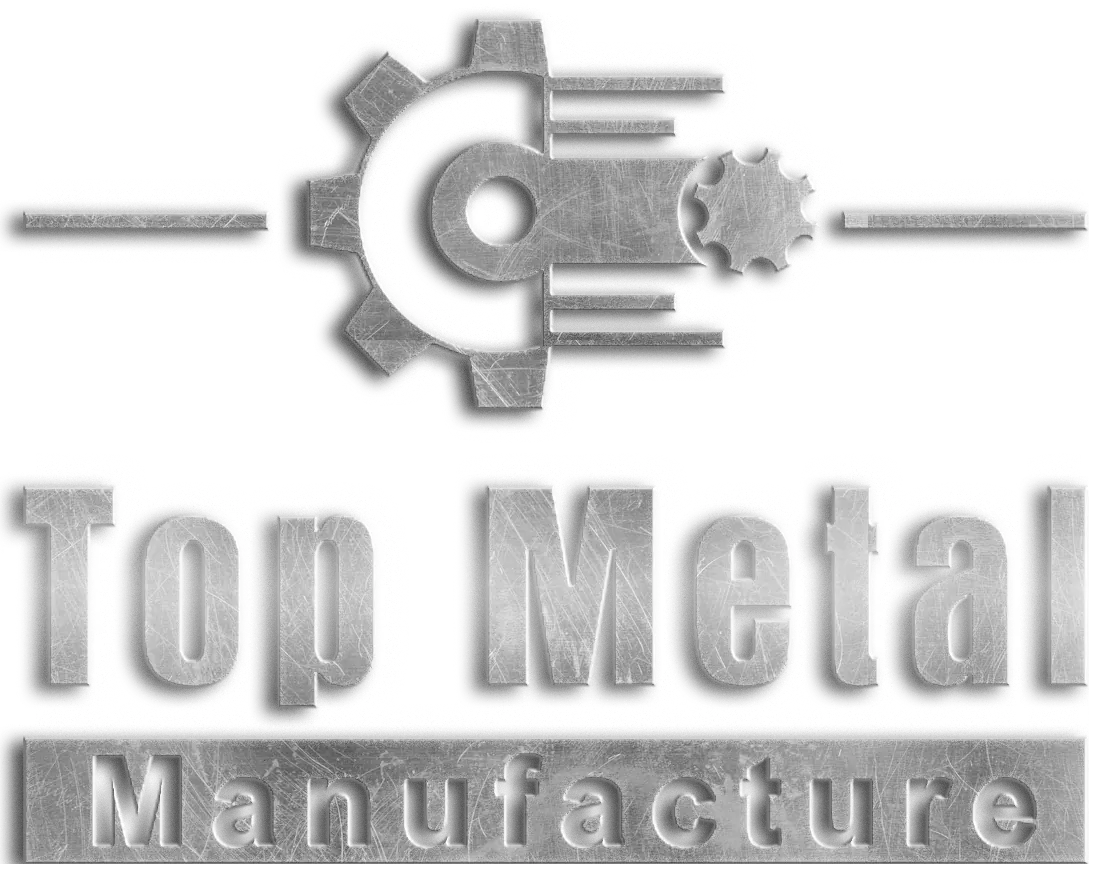201 304 316 440C Paslanmaz Çelik Sac Levha
2025-11-13
Stainless steel sheet, a type of steel resistant to weak corrosive media such as air, steam, and water, is officially called stainless acid-resistant steel. Its corrosion resistance is attributed to its unique alloying elements.
Based on its metallographic structure, stainless steel is mainly divided into three categories: austenitic, ferritic, and martensitic. In addition, there are special types such as duplex stainless steel, precipitation-hardening stainless steel, and high-alloy steel.
Austenitic stainless steel is characterized by a predominantly face-centered cubic austenitic structure and is non-magnetic. This type of stainless steel sheet can be strengthened through cold working and may acquire some magnetic properties. The American Iron and Steel Institute designates it using the 200 and 300 series numbers, such as 304.
Ferritic stainless steels are characterized by a predominantly ferrite microstructure with a body-centered cubic crystal structure and are magnetic. These stainless steels generally cannot be hardened by heat treatment, but cold working can slightly strengthen them. The American Iron and Steel Institute designates them as 430 and 446.
Martensitic stainless steels have a martensitic matrix and are magnetic. Their mechanical properties can be adjusted through heat treatment. The American Iron and Steel Institute designates them with numbers such as 410, 420, and 440. It is worth noting that martensite transforms into austenite at high temperatures, and appropriate cooling rates can maintain the stability of the austenitic structure.
Duplex stainless steel sheet, also known as austenitic-ferritic stainless steel, combines the advantages of both austenitic and ferritic two-phase microstructures. This type of stainless steel exhibits high strength and excellent corrosion resistance, particularly resistance to intergranular corrosion, chloride stress corrosion, and pitting corrosion. The American Iron and Steel Institute designates it with numbers such as 329.
Finally, precipitation-hardening stainless steels have an austenitic or martensitic matrix and their hardness can be increased through precipitation hardening treatment. The American Iron and Steel Institute designates them with 600 series numbers, such as 17-4PH. These stainless steels have wide applications in aerospace and other fields.
Generally, austenitic stainless steel exhibits excellent corrosion resistance, second only to alloys. Ferritic stainless steel is sufficient for environments with low corrosiveness. For mildly corrosive environments, where both high strength and high hardness are required, martensitic stainless steel and precipitation-hardening stainless steel are ideal choices.

Surface Treatment Process
When discussing the corrosion resistance of stainless steel, we also need to consider its surface treatment processes. Different surface treatment processes can significantly affect the corrosion resistance of stainless steel. For example, polishing can increase the smoothness of the stainless steel surface, thereby reducing the possibility of corrosion. Furthermore, the application of coatings or coverings can further improve the corrosion resistance of stainless steel, especially for applications requiring specific environmental conditions. Therefore, when selecting stainless steel materials, it is necessary to consider not only its inherent corrosion resistance but also the specific surface treatment process to comprehensively evaluate its corrosion resistance performance.
Thickness Variation
During the stainless steel production process, slight deformations caused by heating of the rolls result in variations in the thickness of the rolled steel sheet, typically appearing thicker in the middle and thinner at the edges.
To ensure measurement accuracy, national standards stipulate that when measuring sheet thickness, emphasis should be placed on the center of the sheet head.
Furthermore, tolerances are also a significant factor affecting steel sheet thickness, and they are categorized based on market and customer requirements, such as large tolerances and small tolerances.
Generally, stainless steel with a chromium content exceeding 10.5% exhibits good corrosion resistance. Furthermore, the higher the chromium and nickel content, the stronger the corrosion resistance of the stainless steel.
For example, 304 stainless steel has a nickel content of approximately 8% to 10% and a chromium content of 18% to 20%, and such stainless steel maintains excellent corrosion resistance in most environments.
Large-scale stainless steel mills with advanced technology and sophisticated equipment can better control alloying elements, remove impurities, and ensure stable cooling temperatures for steel billets, thus producing stainless steel products with consistent quality and superior internal characteristics.
In contrast, small steel mills, due to outdated equipment and technology, often struggle to prevent their products from rusting.
Stainless steel is not prone to rust in dry, well-ventilated environments; however, it is susceptible to corrosion in environments with high humidity, continuous rain, or high acidity/alkalinity. Even 304 stainless steel can rust under harsh environmental conditions.
If stainless steel develops rust spots, chemical methods can be used for treatment. Pickling paste or spray can be used to assist in the re-passivation of the rusted areas, forming a chromium oxide film to restore its corrosion resistance.
After treatment, it must be rinsed with clean water to remove all contaminants and acid residues, and then repolished and sealed. For minor, localized rust spots, a mixture of gasoline and engine oil can also be used to wipe them away.
In addition, mechanical methods such as sandblasting, burring, brushing, and polishing can also be used to treat stainless steel surfaces.
However, it should be noted that mechanical cleaning can only remove surface contaminants and cannot change the material’s inherent corrosion resistance. Therefore, it is recommended to re-polish with polishing equipment and perform a sealing treatment after mechanical cleaning.
In the instrument manufacturing industry, 304 stainless steel is a commonly used material. It has good deep-drawing performance and corrosion resistance, making it suitable for manufacturing various instrument bodies and acid transport pipelines.
Simultaneously, it can also be used to manufacture non-magnetic, cryogenic equipment and components to meet diverse application requirements.
This stainless steel was developed to address the severe intergranular corrosion tendency of 304 stainless steel under certain conditions. By reducing the carbon content, it significantly improves resistance to intergranular corrosion in the sensitized state.
Although its strength is slightly lower than that of 304 stainless steel, its other properties are similar to those of 321 stainless steel. It is particularly suitable for corrosion-resistant equipment and components that cannot be solution treated after welding, such as instrument bodies.
As a branch of 304 paslanmaz çelik, 304H has a slightly increased carbon mass fraction, reaching 0.04% to 0.10%, thereby improving its high-temperature performance.
By incorporating molybdenum into 10Cr18Ni12 steel, 316 stainless steel exhibits excellent resistance to reducing media and pitting corrosion. Its corrosion resistance surpasses that of 304 stainless steel in seawater and a variety of other media, making it particularly suitable for applications requiring pitting corrosion resistance.
316L stainless steel sheet is ultra-low carbon steel that also performs excellently in the sensitized state, exhibiting good resistance to intergranular corrosion.
It is ideally suited for manufacturing welded components and equipment with thick cross-sections, such as corrosion-resistant materials in petrochemical equipment.
As another branch of 316 paslanmaz çelik, 316H also has an increased carbon mass fraction, which improves its high-temperature performance.
317 stainless steel sheet has better resistance to pitting corrosion and creep , is superior to that of 316L stainless steel, making it particularly suitable for the manufacture of petrochemical equipment and equipment resistant to organic acid corrosion.
321 stainless steel sheet is kinds of titanium-stabilized austenitic stainless steel exhibits improved resistance to intergranular corrosion and excellent high-temperature mechanical properties through the addition of titanium.
Nevertheless, its use is generally not recommended except in specialized applications requiring high temperatures or resistance to hydrogen corrosion.
347 stainless steel is a niobium-stabilized austenitic stainless steel, with niobium added to enhance its resistance to intergranular corrosion. In corrosive media such as acids, alkalis, and salts, its corrosion resistance is comparable to 321 stainless steel, while also possessing good weldability.
It can be used as both a corrosion-resistant material and a heat-resistant steel. It is widely used in thermal power and petrochemical industries, such as in the manufacture of containers, pipes, and heat exchanger components.
904L Stainless Steel sheet is super-perfect austenitic stainless steel, meticulously developed by Outokumpu of Finland, has a nickel content controlled between 24% and 26%, while its carbon content is strictly less than 0.02%.
It exhibits exceptional corrosion resistance, particularly in non-oxidizing acids such as sulfuric acid, acetic acid, formic acid, and phosphoric acid. Furthermore, this steel possesses good resistance to crevice corrosion and stress corrosion.
It maintains excellent corrosion resistance in sulfuric acid of various concentrations below 70°C, as well as in acetic acid and formic acid mixtures of any concentration and temperature at normal pressure.
Although the new standard classifies it as stainless steel, it was previously classified as a nickel-based alloy in the ASME SB-625 standard.
Currently, China only has a similar grade, 015Cr19Ni26Mo5Cu2 steel, while a few European instrument manufacturers, such as E+H mass flow meters and Rolex watches, have adopted 904L stainless steel for key components.
440C stainless steel is martensitic stainless steel which boasts the highest hardness among stainless steels, reaching HRC57. It is commonly used to manufacture nozzles, bearings, and valve components such as valve cores, seats, sleeves, and stems.
As a representative of martensitic precipitation hardening stainless steel, 17-4PH stainless steel has a hardness of HRC44, combining high strength, hardness, and corrosion resistance.
However, it should be noted that it is not suitable for high-temperature environments exceeding 300°C. At room temperature, it exhibits good corrosion resistance to the atmosphere and diluted acids or salts, comparable to 304 and 430 stainless steel.
Therefore, it is often used to manufacture critical components such as valve cores, seats, sleeves, and stems for offshore platforms, turbine blades, and valves.
Top Metal Manufacture can provide you various kinds of stainless steel sheet, alüminyum plakalar, copper plate, carbon steel plate, steel fibers and other products like Çelik ızgara, perforated sheet.

